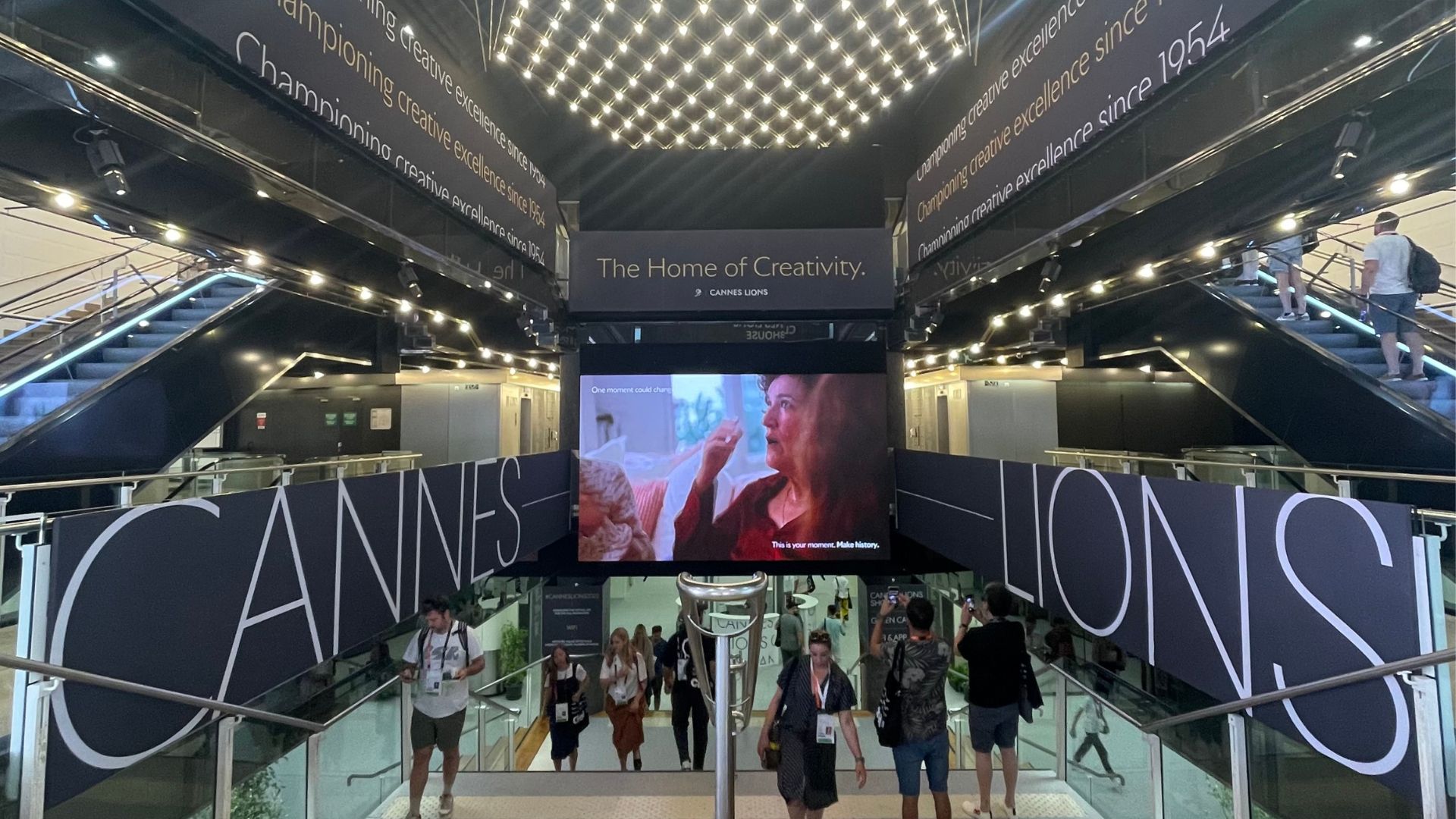 As an organizational psychologist at a communications firm, I often keep up with human capital trends by stepping outside the walls of Ketchum and learning from my peers at industry events and conferences. I recently attended the annual Organization Development Network Conference in Philadelphia, and a recurring theme among the many thought-provoking speakers was neuroscience in the workplace. Two trends in particular stood out to me as especially noteworthy for their potential impact on the way we approach our work.
As an organizational psychologist at a communications firm, I often keep up with human capital trends by stepping outside the walls of Ketchum and learning from my peers at industry events and conferences. I recently attended the annual Organization Development Network Conference in Philadelphia, and a recurring theme among the many thought-provoking speakers was neuroscience in the workplace. Two trends in particular stood out to me as especially noteworthy for their potential impact on the way we approach our work.
The Neuroscience of Inclusion
In an eye-opening workshop on neuroscience and inclusion, I learned that much of the gender inequality that exists in the top ranks actually involves no conscious intent.
Our brains originally evolved to code difference as danger. Though this was helpful back when humans were running away from tigers in the wilderness, our brains haven’t transformed as rapidly as our environmental surroundings – we still automatically code any difference as dangerous. Furthermore, the amygdala – the part of the brain responsible for the fight-or-flight response – is calmed by people and things that are familiar to us. Taken together, these facts make it more comfortable and less “dangerous” for the most senior people in organizations – who are often men – to choose successors and other leaders who are similar to themselves.
So does this mean we’ll always be stuck in the past? Fortunately, as mature, high-functioning adults, we have the ability to reflect and override our unconscious belief that someone different from us is a threat. We can challenge ourselves to step outside our biological comfort zones and think rationally about leadership choices, hiring selections, promotion decisions, etc. Important choices need to go beyond what is merely comfortable, a fact that applies not only to gender, but also to race, ethnicity and age.
Priming
Another hot topic at the conference was priming. Research shows that as we begin to prime our attention by focusing it on a specific area, our brains create mental images of that idea, which begins to shape what else we see around us. For example, a person who has been primed with the word “blue” will be slightly faster to recognize the word “sky,” because the words “blue” and “sky” are closely associated in memory.
So what if we focus mostly on positive things compared to negative things? Choosing to focus on the positives will prime our brains to see opportunities and potential rather than challenges and barriers. We should use phrases like “The new change will be great and exciting” to prime our brains positively, rather than statements like “Don’t worry about the change,” as our brains will automatically attach to “worry” without connecting to the word “don’t.”
The intersection between neuroscience and the world of work is incredibly interesting, and if you want to continue the conversation with me on this topic, please don’t hesitate to email me or follow me on Twitter.



